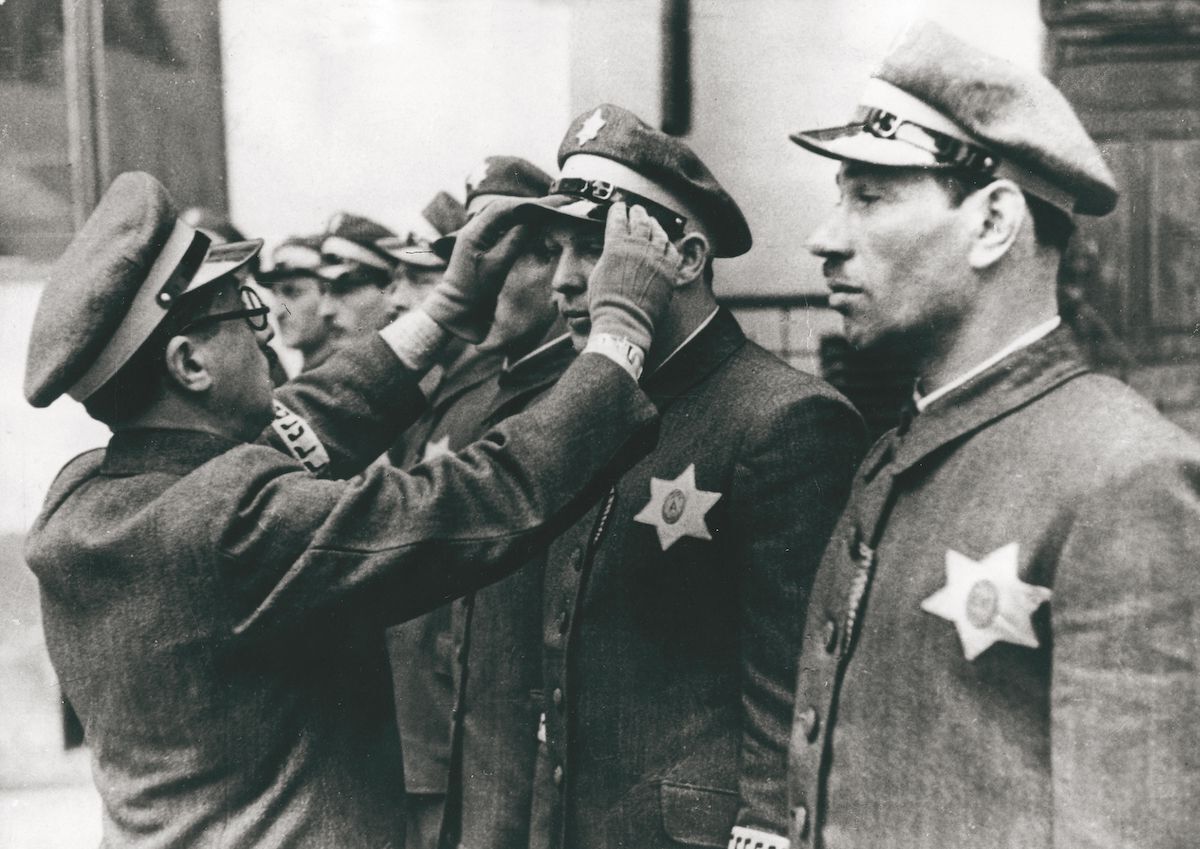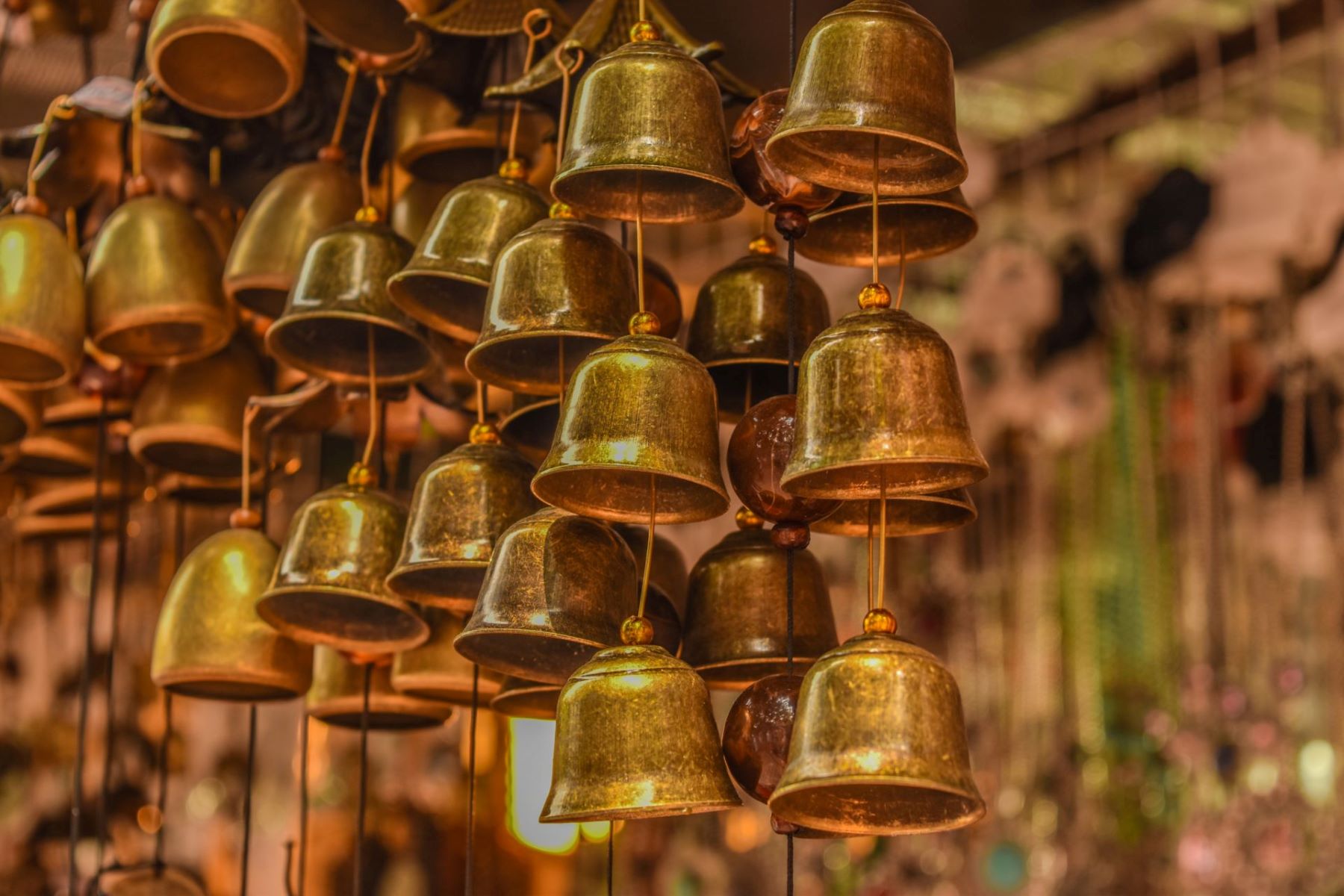
Kaposvár, a charming city in Hungary, is full of surprises. Ever wondered what makes this place tick? Kaposvár boasts a rich history, vibrant culture, and stunning architecture. Nestled in the heart of Somogy County, it’s a hub for art lovers and history buffs alike. From its bustling markets to serene parks, there’s something for everyone. Did you know it’s home to the famous Rippl-Rónai Museum? Or that it hosts the annual Kaposfest, a classical music festival that draws crowds from all over? Whether you’re planning a visit or just curious, these 35 facts will give you a deeper look into Kaposvár.
Key Takeaways:
- Kaposvár, Hungary, has a rich history dating back to the Middle Ages, with stunning architecture, vibrant culture, and beautiful natural spaces, making it a must-visit destination for history buffs and nature lovers alike.
- From the Ottomans to the Habsburgs, Kaposvár's history is a tapestry of diverse influences, reflected in its architectural marvels, cultural events, and outdoor activities, offering something for everyone to explore and enjoy.
Kaposvár: A Glimpse into History
Kaposvár, a city in Hungary, has a rich history that dates back centuries. Let's dive into some fascinating facts about its past.
- Kaposvár was first mentioned in historical records in 1009.
- The city was named after the Kapos River, which flows through it.
- During the Middle Ages, Kaposvár was a significant market town.
- The Ottomans occupied Kaposvár from 1555 to 1686.
- After the Ottoman era, the Habsburgs took control of the city.
Architectural Marvels of Kaposvár
Kaposvár boasts a variety of architectural styles, reflecting its diverse history. Here are some notable structures.
- The Kaposvár Cathedral, built in the 18th century, is a stunning example of Baroque architecture.
- The City Hall, constructed in 1904, showcases Art Nouveau design.
- Rippl-Rónai Villa, home to the famous Hungarian painter József Rippl-Rónai, is a must-see.
- The Csiky Gergely Theatre, opened in 1911, features a beautiful neoclassical facade.
- The Vaszary Gallery, housed in a historic building, displays contemporary art.
Cultural Significance
Kaposvár is not just about history and architecture; it has a vibrant cultural scene. Here are some cultural highlights.
- The Rippl-Rónai Festival celebrates the life and work of the renowned painter.
- Kaposvár hosts the International Chamber Music Festival annually.
- The city is home to the Somogy County Museum, which offers insights into local history.
- The Kaposvár Symphony Orchestra performs regularly, delighting music lovers.
- The city has a thriving theater scene, with numerous performances throughout the year.
Natural Beauty and Parks
Kaposvár is surrounded by natural beauty, offering plenty of outdoor activities. Let's explore some of its green spaces.
- The Deseda Lake, the largest artificial lake in Hungary, is perfect for boating and fishing.
- The Zselic Landscape Protection Area, nearby, is ideal for hiking and birdwatching.
- The City Park, located in the heart of Kaposvár, provides a peaceful retreat.
- The Arboretum of Kaposvár University features a diverse collection of plants.
- The Virágfürdő Thermal and Spa offers relaxation with its thermal baths and wellness services.
Educational Institutions
Education plays a significant role in Kaposvár. The city is home to several prestigious institutions.
- Kaposvár University, established in 2000, offers a wide range of programs.
- The University of Pécs has a campus in Kaposvár, providing higher education opportunities.
- The Táncsics Mihály Secondary School, founded in 1872, is one of the oldest schools in the city.
- The Kaposvár Vocational Training Center offers specialized training in various fields.
- The city has numerous primary and secondary schools, ensuring quality education for all.
Sports and Recreation
Kaposvár residents enjoy an active lifestyle, with various sports and recreational facilities available.
- The Kaposvár Arena hosts basketball and volleyball matches.
- The Rákóczi FC, the local football club, has a dedicated fan base.
- The city has several swimming pools, including the Virágfürdő Thermal and Spa.
- The Kaposvár Equestrian Center offers horseback riding lessons and events.
- The city has numerous cycling paths, promoting a healthy lifestyle.
Festivals and Events
Kaposvár is known for its lively festivals and events, attracting visitors from near and far.
- The Kaposvár Carnival, held every February, features colorful parades and performances.
- The Wine and Jazz Festival, held in summer, combines great music with local wines.
- The Kaposvár Fair, a traditional event, showcases local crafts and products.
- The City Day celebration, held in September, includes concerts, fireworks, and family activities.
- The Christmas Market, held in December, offers festive cheer with its stalls and decorations.
Final Thoughts on Kaposi's Sarcoma
Kaposi's Sarcoma, a cancer linked to the human herpesvirus 8 (HHV-8), primarily affects those with weakened immune systems. It's more common in individuals with HIV/AIDS, organ transplant recipients, and elderly men of Mediterranean or Eastern European descent. Symptoms include purple, red, or brown skin lesions, which can appear anywhere on the body. Early detection and treatment are crucial for managing the disease. Treatments range from antiretroviral therapy for HIV-positive patients to chemotherapy, radiation, and surgery for others. Despite its serious nature, advancements in medical research offer hope for better management and outcomes. Staying informed and vigilant about changes in your health can make a significant difference. Remember, regular check-ups and open communication with healthcare providers are key in addressing any concerns promptly. Stay proactive about your health and support ongoing research efforts to combat this disease.
Frequently Asked Questions
Was this page helpful?
Our commitment to delivering trustworthy and engaging content is at the heart of what we do. Each fact on our site is contributed by real users like you, bringing a wealth of diverse insights and information. To ensure the highest standards of accuracy and reliability, our dedicated editors meticulously review each submission. This process guarantees that the facts we share are not only fascinating but also credible. Trust in our commitment to quality and authenticity as you explore and learn with us.


